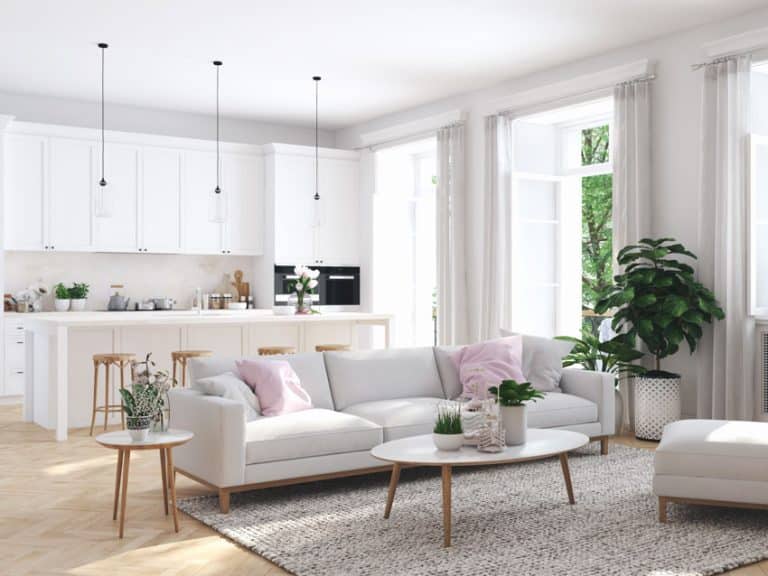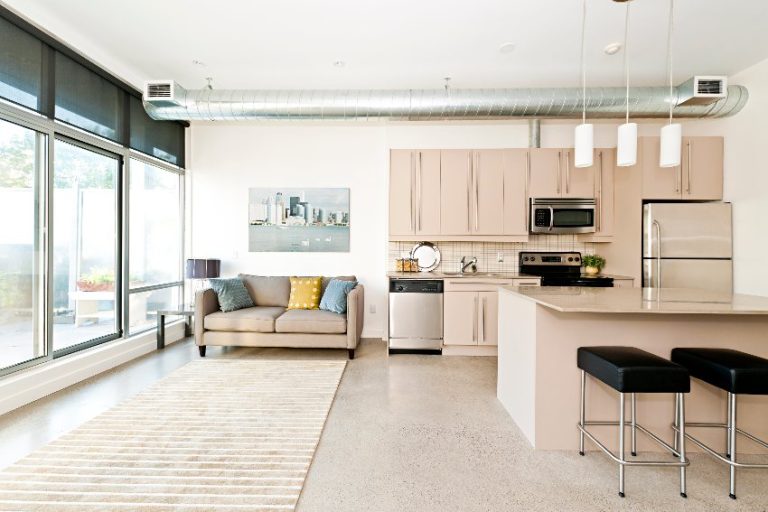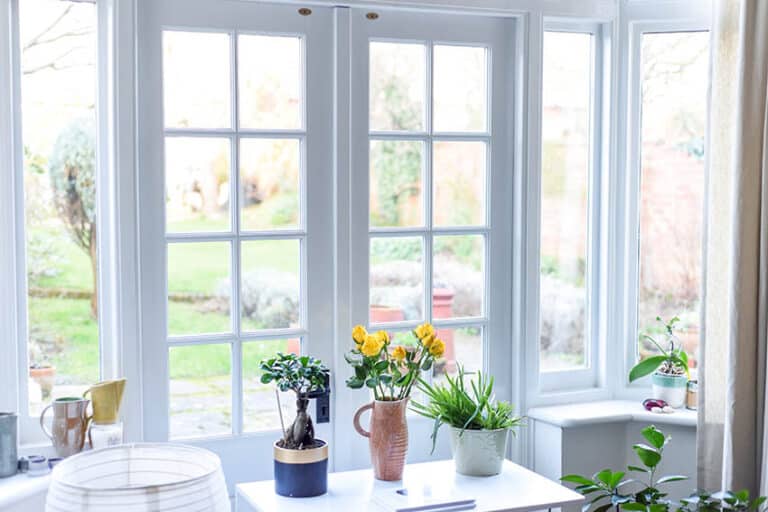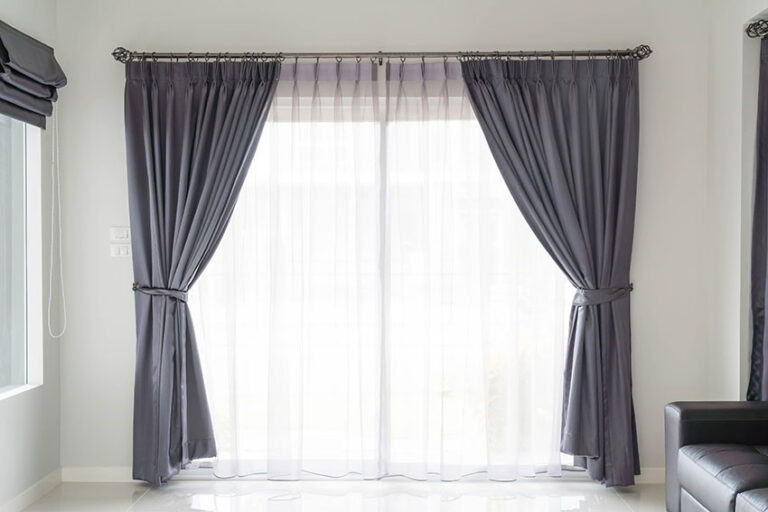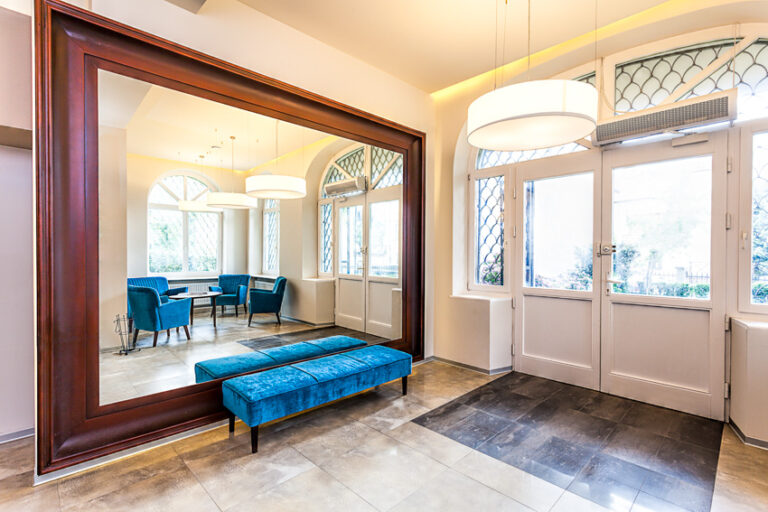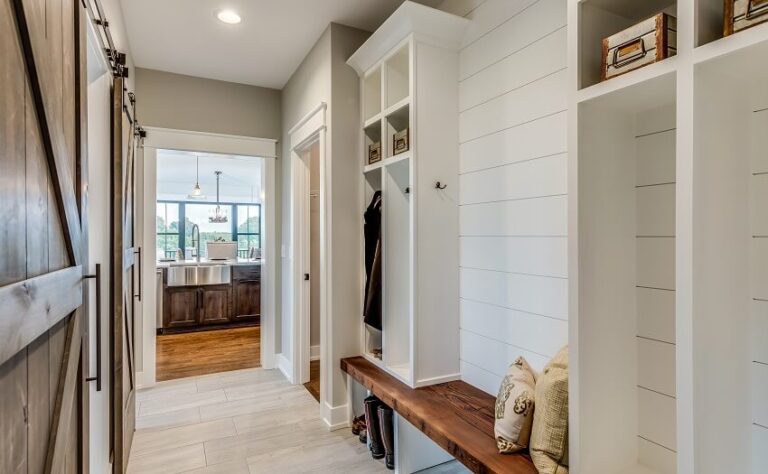7 Essential Tips for Choosing the Perfect Blinds
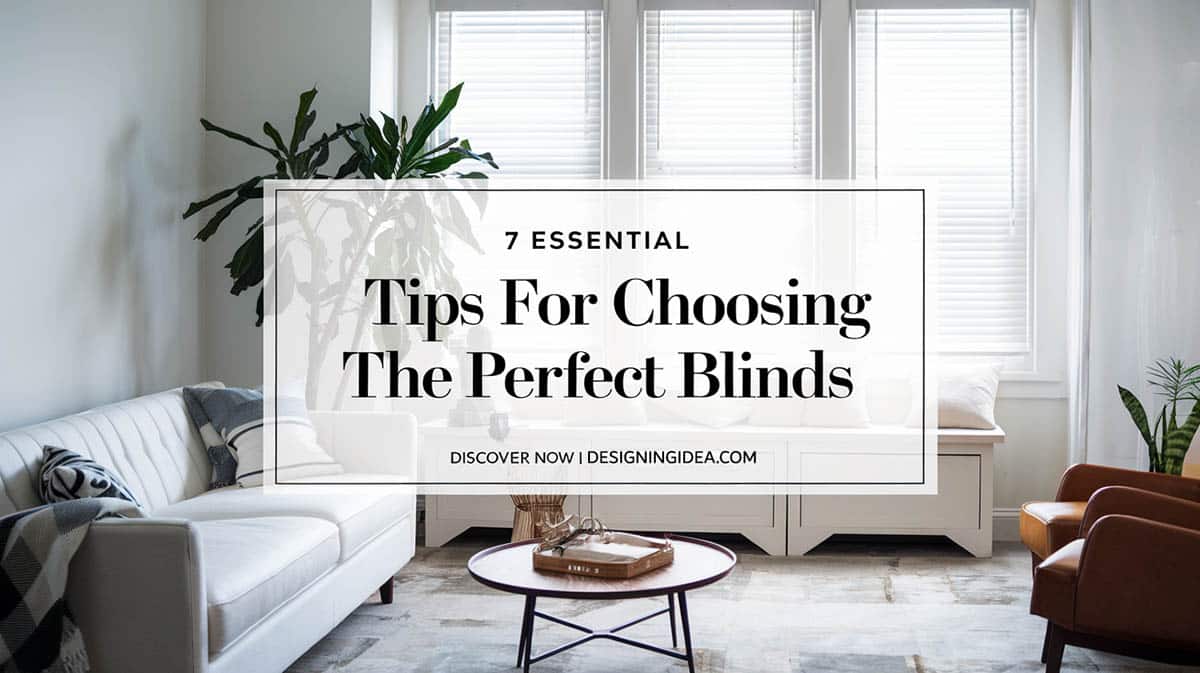
Choosing new window blinds for your home is an exciting decision that can completely transform the look and feel of a room. When selecting blinds, it’s important to start with a solid foundation by carefully evaluating your space.
Assessment Of Your Window Blinds Needs
Begin by precisely measuring each window – don’t forget to account for the depth of the window frame and any specialty mounting surfaces. Measure the width and height of your window frame itself – aim for 1/8 inch precision if you can. This gives the basic dimensions the blinds will need to cover.
You’ll also want to consider the depth of the area where you plan to mount the blinds. For an inside mount, leave at least 2 inches of depth for the blinds to fit into the window framing. If you want an outside mount, measure the wall area to see if you have enough room to install mounting brackets there. Also check that you have adequate clearance around window handles or other hardware when the blinds are fully raised or lowered. Generally leave 1/4 to 1/2 inch gap on each side.
Finally, note the stack height, which is the height when the blinds are completely raised to the top. A larger stack height means more of the window will be covered when the blinds are fully open, which could block light or obscure the some of the view. And don’t forget to account for sufficient light gaps on the sides. Create a detailed map of all your windows, making note of which direction they face and the typical daily light exposure.
Functional Requirements
First, think about when, why, and how often you interact with each window. Mapping your daily routines room-by-room can unlock some useful insights. When during the day do you need more light control or privacy? How might those needs change from morning to night or summer to winter? Understanding your unique usage patterns and needs of each room is step one. For instance, bedrooms often require blackout capabilities for sleeping, while moisture resistant blinds may suit humid bathrooms best.

Premium Materials
Hardwood Blinds
-
- R-value: 3.2-3.5
- Optimal for temperature regulation
- Natural grain variation
- 15-20 year lifespan
Cellular Shades
-
-
- R-value: 4.3-4.8
- Double-cell construction
- Sound dampening properties
- Energy efficiency rating: 8/10
-
Mid-Range Solutions
Faux Wood
- R-value: 3.0-3.2
- Moisture resistance: 9/10
- UV stability rating: 8/10
- Cost efficiency: 7/10
Aluminum/Vinyl
-
- R-value: 2.8-3.0
- Maintenance rating: 9/10
- Durability index: 8/10
- Moisture resistance: 10/10
R-value measures thermal resistance – specifically, how effectively a material prevents heat transfer. In window treatments, a higher R-value indicates superior insulating properties.
Next, consider the environment around each window. Windows facing south or west tend to bring in more intense sunlight. This can cause furniture fading and increase the temperature in a room during summer months. Northern exposures, on the other hand, rarely get direct sun, making them better candidates for decorative blinds. Analyze both sun exposure and visibility from outdoors to zone in on functionality requirements.
Finally, don’t forget the potential energy savings certain styles of blinds offer. Strategic shading in summer paired with solar heat gain in winter can make a measurable impact on HVAC costs. Do a little research to weigh options like blackout shades or dual rollers.
Technical Specifications
When picking materials, think about your lifestyle and decor goals. Do you need to filter bright light? Preserve outdoor views while preventing heat gain? Or simply want an affordable option that looks nice?
Fabric blinds are my top choice for softly diffusing sunlight. The lightweight materials won’t overpower your room’s aesthetic. Plus, you can find colors and patterns to complement any style.
If temperature control is a priority, consider wood or faux wood blinds. The slats actually help insulate windows, blocking outdoor heat in summer and preventing indoor heat loss during winter. The natural textures add warmth and timeless flair.
For high humidity spots like bathrooms or basements, moisture-resistant materials like aluminum and vinyl reign supreme. They stand up to dampness without warping or damage. Bonus – they’re easy to wipe clean. Lastly, cellular shades offer unmatched energy efficiency. Their honeycomb structure literally traps air to prevent heat transfer. Close the shades to add an extra insulating buffer between your home and the elements outside.
Choosing Blinds Based On Different Conditions
| Type of Blinds | Best Conditions for Use | Why Choose Them |
|---|---|---|
| Wooden Blinds | – Living rooms, studies, or bedrooms with a traditional or warm aesthetic | – Add warmth & elegance – Provides insulation for temperature control |
| – Low-humidity areas | – Susceptible to warping in high humidity | |
| Faux Wood Blinds | – Kitchens, bathrooms, or high-humidity areas | – Resistant to moisture & warping – Durable & cost-effective |
| Cellular Shades | – Rooms with high energy efficiency needs (e.g., home offices, living rooms, bedrooms) | – Excellent insulation properties – Reduce energy costs & provides noise reduction |
| – Spaces requiring light filtering or blackout | – Available in light-filtering & blackout options | |
| Vertical Blinds | – Large windows or sliding glass doors (e.g., living rooms, patios) | – Easy to operate & manage for wide openings – Offers great light control |
| Aluminum Blinds | – Budget-friendly spaces such as rental properties, garages, or utility rooms | – Lightweight, durable & moisture-resistant – Available in a wide range of colors |
| Fabric Roller Shades | – Minimalist decor styles or spaces with glare concerns (e.g., living rooms, media rooms, or offices) | – Sleek, modern appearance – Light filtering or blackout options |
| Solar Shades | – Sun-facing windows in kitchens, living rooms, or home offices | – Block UV rays while maintaining views – Reduce glare & heat |
| Roman Shades | – Bedrooms or living rooms with a luxurious or soft aesthetic | – Elegant fabric folds add texture – Wide variety of patterns & materials available |
| Woven Wood Shades | – Rustic or boho-style rooms like living rooms, sunrooms, or dining areas | – Bring in natural texture and organic warmth – Optional liners for added privacy and light control |
| Sheer Shades | – Living rooms or spaces requiring soft, diffused light | – Combine the softness of fabric with the functionality of blinds – Enhance natural light without compromising privacy |
| Top-Down/Bottom-Up Shades | – Rooms requiring privacy at eye level but allowing natural light (e.g., bedrooms, bathrooms, living rooms) | – Flexible light & privacy control – Great for maintaining an open, airy feel |
| Motorized Blinds | – High-tech homes or hard-to-reach windows (e.g., skylights, tall windows) | – Convenient operation with remotes or smart home integration – Sleek & modern |
| Blackout Shades | – Bedrooms or media rooms that need complete light blockage | – Ideal for creating a dark environment for better sleep or glare-free viewing |
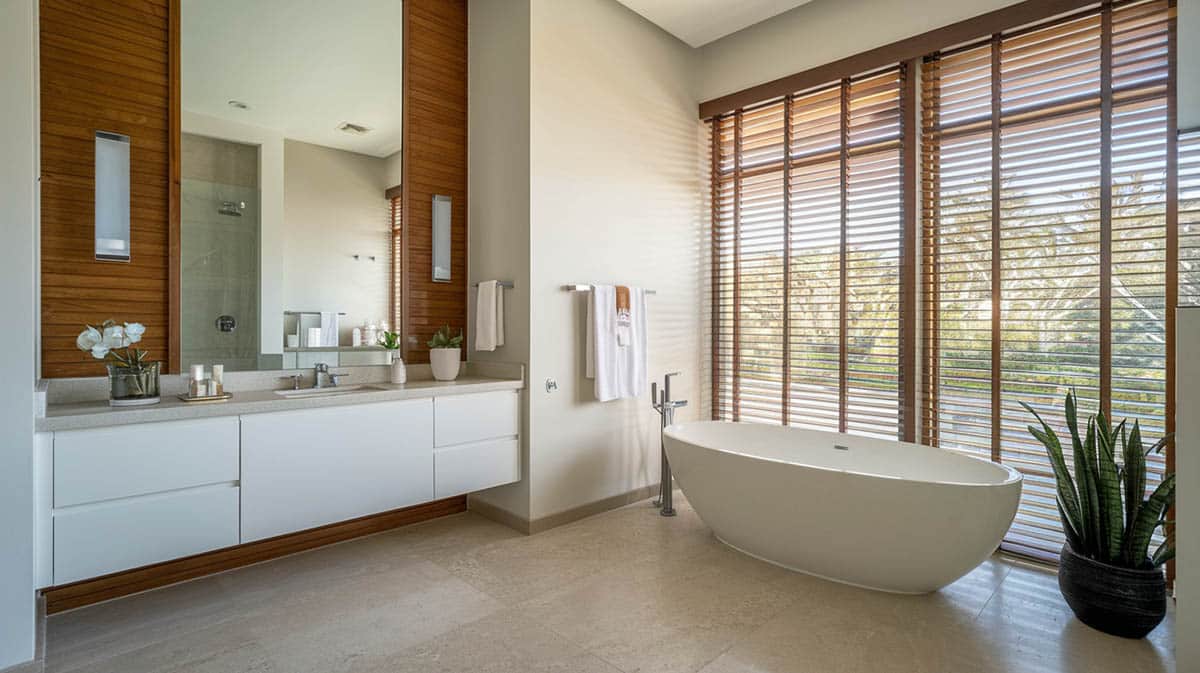
Real-Life Scenarios to Help With Selection
- Living rooms – For living rooms with ample natural light, choose sheer fabric blinds that diffuse glare without sacrificing views.
- Kitchens – South-facing kitchens prone to intense sunlight benefit from solar shades that reduce UV exposure while complementing the decor.
- Playrooms – Playful kids’ rooms should opt for durable, cordless faux wood blinds in cheerful hues that minimize safety hazards.
- Bathrooms – Luxurious bathrooms with freestanding tubs can install moisture-resistant vinyl blinds that provide privacy with a spa-like look.
- Offices – Home offices should consider light-filtering cellular shades to eliminate screen glare for greater comfort during long work hours.
Design Integration
Take a look at your existing decor and color scheme. Make a note of the specific hues present in furnishings, artwork, etc, and identify any warm, cool, or neutral undertones. Pay attention to how the natural and artificial light reflects off surfaces as well. With this impression of your current color balance documented, consider patterned blinds that complement what’s already working.
When selecting a print or texture, scale matters. Ensure your window measurements allow the blind pattern to repeat at a pleasing frequency without awkward truncating or distortions. Calculate the visual weight by assessing contrast and intricacy. Typically larger windows suit medium to small scale designs. Determine if vertical, horizontal or non-directional motifs best suit the room’s proportions. Lastly, analyze if you want to mirror or provide contrast to the depth and dimension established by existing textures.
Interior designers use something called the 60-30-10 rule – 60% of your space should be a dominant color, 30% a secondary color, and 10% accents. Determine what your current ratio is. Then, consider the light reflection properties of potential blind materials and finishes based on the room’s lightning. For example, blackout fabrics completely block light versus sheer ones that filter it. And shiny metal blinds reflect more than matte.
Next, think about patterns. Make sure any designs or textures coordinate scale-wise with your windows and viewing distance. Busy overwhelm small spaces. The complexity should balance with other decorative elements in the room. You can use directional stripes to trick the eye and make ceilings seem higher.
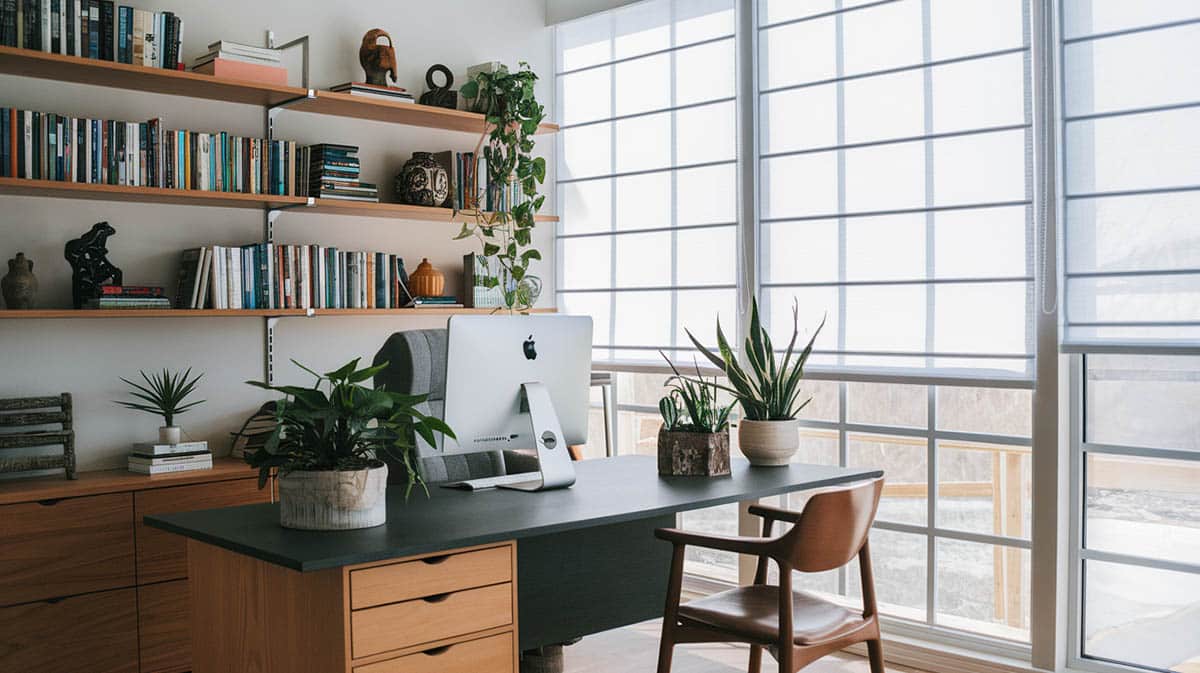
Choosing Special Features
Light Control – Do you need full blackout for the bedroom or just a light filtering shade for the living room? Think about when you need privacy or darkness and how much natural light you want entering each room. Opt for blackout cellular shades or solar screens to block light and insulate. Or go for sheer curtains to filter bright rays.
Insulation – Heat gain and loss through windows can significantly impact energy efficiency. Select insulating window treatments like honeycomb shades and thermal curtains to help regulate temperature. Cold climates benefit from thick, layered options while hot spots need solar reflective choices.
Style & Decor – While function is important, you also want windows to elevate your decor. Look for on-trend patterns, textures and colors to coordinate with your existing interior design. Consider streamlined motorized blinds for a modern look or rich drapes in elegant fabrics to create a luxurious feel.
Easy Maintenance – Cleaning and operating window treatments should be quick and simple. Cordless blinds eliminate hazards for homes with kids or pets. Faux wood options skip pesky dusting needs. And washable fabric roman shades make upkeep a breeze, especially in bathrooms or kids’ rooms.
Advanced Customization
Think about what rooms you want to install blinds in. Consider what functions are most important – do you need privacy, light filtering, or total blackout capabilities? Do you have any tricky windows, like large picture windows or skylights? Next, determine what operating system works best. Do you prefer the classic pull cord to raise and lower, or a more high-tech remote control? Many new blinds even offer voice control compatibility with smart home devices.
You’ll also want to decide on material and color. Vinyl and faux wood blinds are affordable and easy to clean. Natural wood offers a more elegant look. Fabric blinds come in endless colors and patterns to match your home’s style. Finally, look for specialty features like built-in lighting, archtop shaping for rounded windows, and enhanced insulation or lightblocking. Ask about motorization and automation to control hard-to-reach blinds right from your phone.
Installation Considerations
First, think about whether you want to install them yourself or hire a professional. DIY is totally doable for many basic blinds, but can be tricky for more complex windows or custom shades. Pros have the right tools and experience to ensure it’s done right. Next, set aside enough time in your schedule for the project, especially if it involves multiple windows. Rushing usually leads to headaches. And once they’re up, set reminders to clean them regularly—this prevents buildup and keeps them looking fresh. As you shop, warranty details are key too. Compare policies to see what’s covered. Most reputable brands will replace defective parts free of charge. But double check, as warranty duration and limitations can vary.

